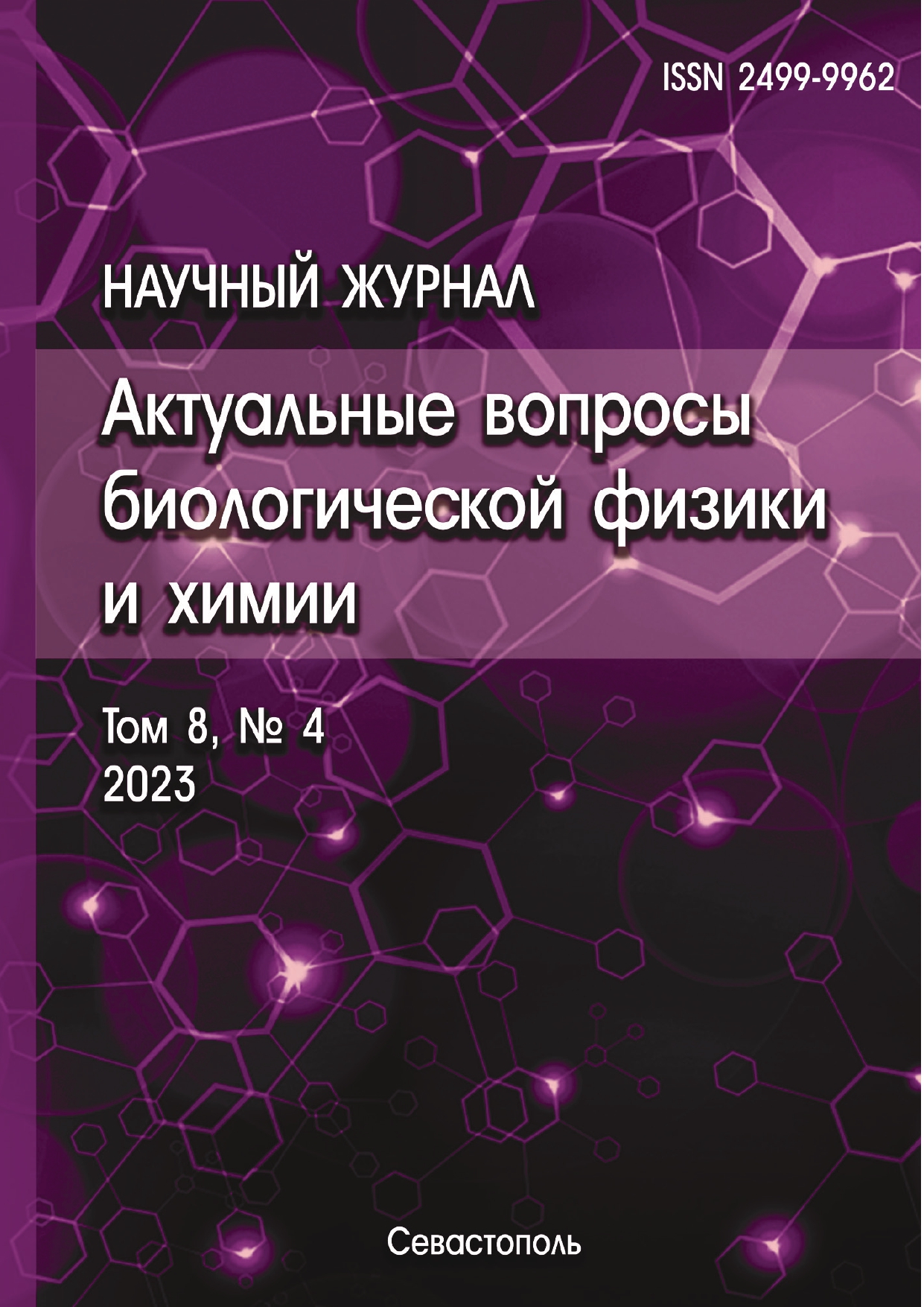Puebla, Mexico
Puebla, Mexico
Puebla, Mexico
Puebla, Mexico
Puebla, Mexico
Puebla, Mexico
In this research work proposal, a way to generalize the thermokinetic Oregonator model in order to simulate the dynamics of oscillating chemical reactions. The simulations to be carried out use elementary numerical methods using the Runge Kutta method, which are a very good approximation of the mathematical solutions of the models of these complex systems of nonlinear chemistry. The implications of the results of the simulations lie in the reproduction of the nonlinear dynamics of thermokinetic oregonator model to temperatures different from room temperature. Additionally, the linear stability analysis is established to find the oscillation regions in the parameter space of the proposed model.
oregonator model, oscillating chemical reaction, nonlinear chemistry
1. Morales M.A., Anzo A., Luna-Flores A., Cervantes-Tavera A.M., Hernández-Santiago A.A. The role of activation enthalpy modeled with a modified Arrhenius equation in a variant of a minimal bromate oscillator for temperatures changes. Chemical Physics, 2021, vol. 546, p. 111165.
2. Ságues F., Epstein I.R. Nonlinear Chemical Dynamics. Dalton Trans., 2003, pp. 1202-1217.
3. Belousov B.P. Periodically acting reaction and its mechanism. Collection of abstracts on radiation medicine, Medgiz: Moscow, 1958, pp. 145-147.
4. Zhabotinsky A.M. A history of chemical oscillations and waves. Chaos Interdisciplinary J. Nonlinear Sci., 1991, vol. 1, no. 4, pp. 379-385, doi:https://doi.org/10.1063/1.165848. EDN: https://elibrary.ru/ZYFBDB
5. Barragán D., Ádera J., Parra W. Entropy production in the Oregonator model perturbed in a calorimeter with a chemical pulse. J. Therm. Anal. Calorim., 2015, vol. 119, p. 705.
6. Pullela S.R., Cristancho D., He P., Luo D., Hall K.R. Temperature dependence of the Oregonator model for the Belousov-Zhabotinsky reaction. Phys. Chem. Chem. Phys, 2009, vol. 11, p. 4236.
7. Aller Pellitero M., Álvarez Lamsfus C., Borge J., The Belousov-Zhabotinskii reaction: improving the oregonator model with the Arrhenius equation. J. Chem Educ., 2013, vol. 90, no. 1, pp. 82-89, doi:https://doi.org/10.1021/ed300227w.
8. Sena S., Riazb S.S., Ray D.S. Temperature dependence and temperature compensation of kinetics of chemical oscillations; Belousov-Zhabotinskii reaction, glycolysis and circadian rhythms. J. Theoretical Biol., 2008, vol. 250, pp. 103-112.
9. Laidler K.J. The development of the Arrhenius equation. J. Chem. Educ., 1984, vol. 61, no. 6, p. 494, doi:https://doi.org/10.1021/ed061p494.










